We think of punched cards as old-fashioned, but still squarely part of the computer age. Turns out, cards were in use way before they got conscripted by computers. Jacquard looms are one famous example. The U.S. Census famously used punched cards for tabulating the census without anything we’d consider a computer. But in the 1950s, you might have had a punched card machine on your electronics workbench. The Hickok Cardmatic was a tube tester with a difference.
About Tube Testers
While you, as a Hackaday reader, might tear into a busted TV at your house and try to fix it, most people today will either scrap a bad set or pay someone to fix it. That’s fine today. TVs are cheap and rarely break, anyway. But this hasn’t always been the case.
In the “good old days” your expensive TV broke down all the time. Most of the parts were reliable, but the tubes would wear out. If you were the kind of person who would change your own oil, you’d probably look to see if you could spot a burned out tube and try replacing it. If you couldn’t spot it, you’d pull all the tubes out. If you were lucky, there was a diagram glued inside the cover that showed where they all went back. Then you took them to the drugstore.
Continue reading “Your 1958 Punch Card Machine Tested Tubes”

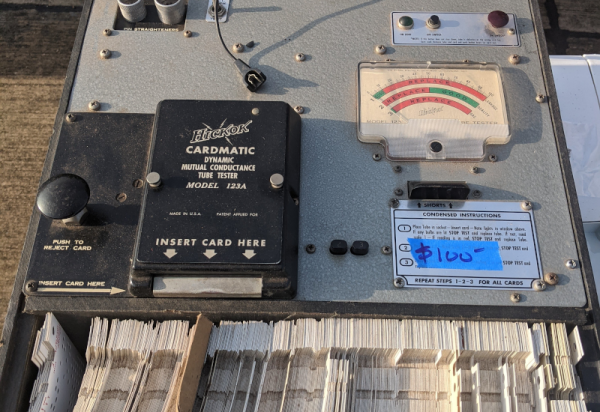
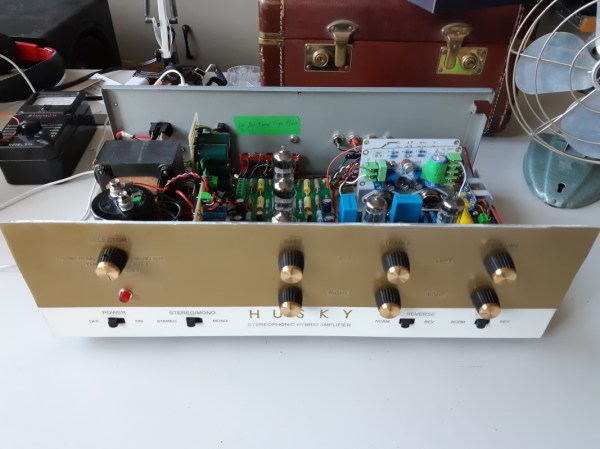
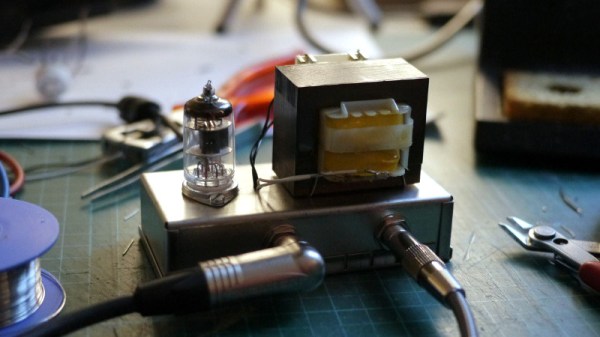
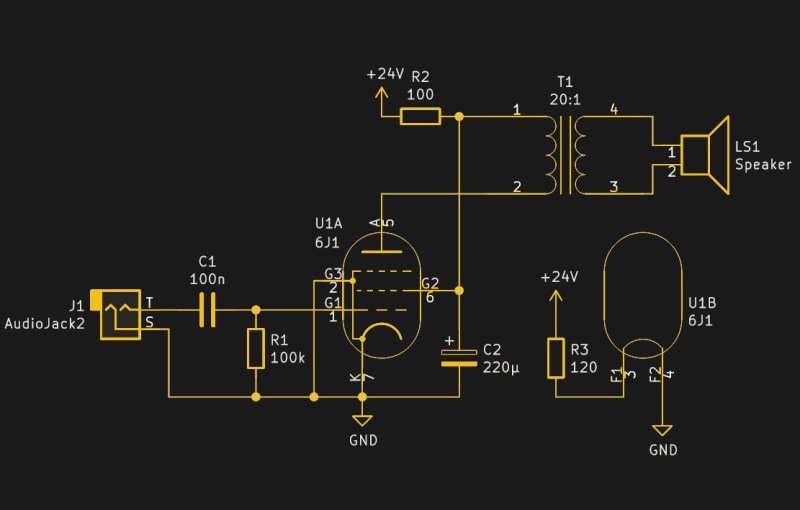
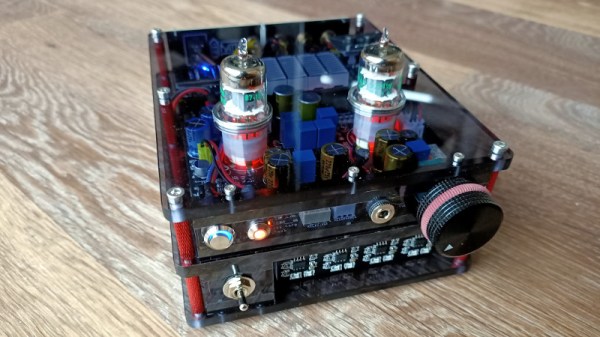
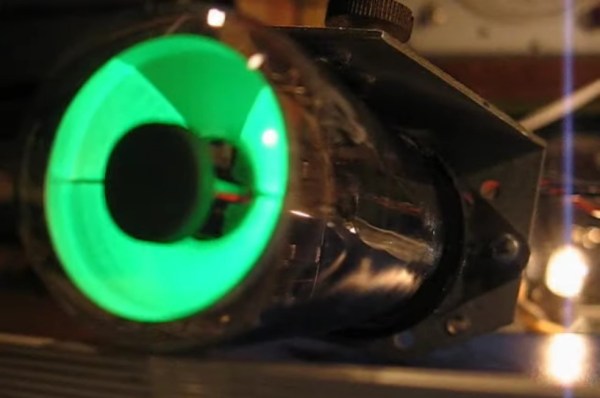
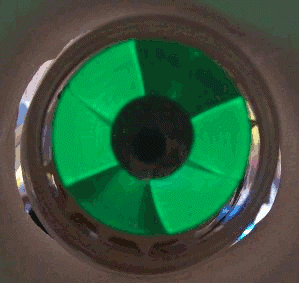

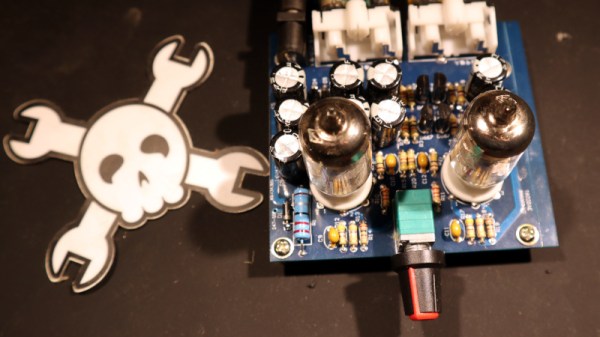
 What I received for my tenner was a press-seal bag with a PCB and a pile of components, and not much else. No instructions, which would have been worrisome were the board not clearly marked with the value of each component. The circuit was on the vendor’s website and is so commonly used for these sort of kits that it can be found all over the web — a very conventional twin common-cathode amplifier using a pair of 6J1 miniature pentodes, and powered through a +25 V and -25 V supply derived from a 12 VAC input via a voltage multiplier and regulator circuit. It has a volume potentiometer, two sets of phono sockets for input and output, and the slightly naff addition of a blue LED beneath each tube socket to impart a blue glow. I think I’ll pass on that component.
What I received for my tenner was a press-seal bag with a PCB and a pile of components, and not much else. No instructions, which would have been worrisome were the board not clearly marked with the value of each component. The circuit was on the vendor’s website and is so commonly used for these sort of kits that it can be found all over the web — a very conventional twin common-cathode amplifier using a pair of 6J1 miniature pentodes, and powered through a +25 V and -25 V supply derived from a 12 VAC input via a voltage multiplier and regulator circuit. It has a volume potentiometer, two sets of phono sockets for input and output, and the slightly naff addition of a blue LED beneath each tube socket to impart a blue glow. I think I’ll pass on that component.








